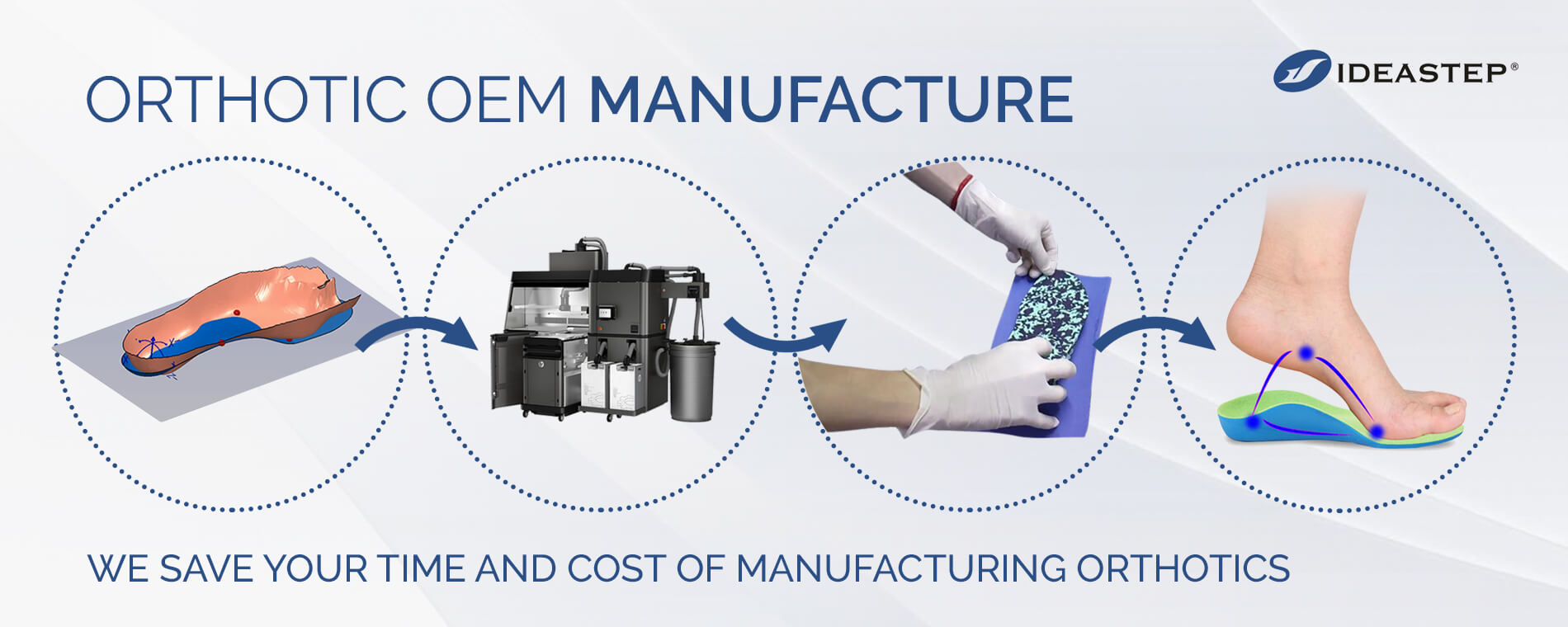How to Select Insoles
Types of Insoles
The types of insoles you’ll discover at REI are occasionally called “assistance” or “sporting activity” insoles. They include a more difficult material for structural support and security. Comfort is derived from the enhanced security instead of straight padding. This differs from the soft, agreeable insoles that you may find at your neighborhood medication shop.
Supportive insoles are best for the list below conditions:
Architectural imbalance, which can show up not just as foot discomfort, yet pain in the ankles, knees, hip, back, neck or head.
Plantar fasciitis: Medical professionals consistently advise making use of a helpful insole as part of the treatment protocol for this agonizing condition arising from splits in the plantar fascia– a band of connective cells which attaches the heel to the forefoot.
Supination or over-pronation: Assistance insoles regulate a tendency for the feet to either supinate (turn out) or overpronate (extreme rolling in) when strolling or running.
Though not tailored to a specific foot, assistance insoles can be found in different designs and also accounts to suit the majority of foot shapes or footwear kinds.
orthotics maker
Insole Volume Insoles can be found in various quantities, which suggests that they use up different amounts of room inside your footwear. For many insoles, there is likewise a connection between volume and also the arc form that the
insole is made to fit. High-volume insoles best suit high-volume shoes such as hiking boots, ski boots or running footwear. With high arcs, they typically work best.
Medium-volume insoles, like laid-back footwear and also some sports footwear, suit average-volume footwear. They fit well with a number of profiles of arches.
For low-volume shoes, such as cycling shoes, in-line skate boots or ski boots, low-volume insoles are needed. People with very low arcs frequently locate it best for them to discover a low-volume insole.
( Note: The density of your socks will likewise have a significant impact on the fit of your shoes.).
Popular Issues with Footwear Fit.
Insoles can assist if you have any one of the complying with usual fit problems. Insoles vary in heel and also arch measurements; your feet can be assessed by a REI shoes specialist to see which type functions best.
Heel slippage: With a supportive, mid- to high-volume insole, a shoe that fits well in the mid- and also forefoot however enables heel slippage or lift may be enhanced. This reduces the rear of the shoe’s excess quantity and maintains the foot’s heel, decreasing the slip of the heel that can create hot spots as well as blisters.
Foot elongation: A supportive insole can be handy for those with considerable foot elongation in one or both feet when measured standing compared to resting. When weight bearing, this reduces foot prolongation, produces a better fit and also decreases the need to evaluate when purchasing shoes.
Low or fell down arches: Individuals with low or collapsed arcs often ask for insoles with “arch support.” However, what is truly needed is “foot support” that aids promote the muscles of the arch to be involved as well as active. As opposed to focusing pressure on the arch area, a supportive insole stabilizes the heel as well as disperses pressure around the base of the foot. For certain individuals, direct arch assistance is simply excruciating because it avoids the natural flexing of the foot.
Shoe Insert Tips for Fit.
It is time to try them out as soon as you have narrowed the choices to a couple of versions. Via this approach, a REI shoes professional can guide you.
Stand on the insole outside the shoe first. Elevate the various other foot to ensure that you balance on the foot that gets on the insole. Inspect exactly how steady you really feel, just how much stress you really feel and if your heel cells is perfectly cupped in the insole as well as supported.
Then attempt the insole (don’t fail to remember to get rid of the supply insole initially) inside your shoe. You are now figuring out the match, as well as the sensation as well as support. See to it that you feel stable in the shoe and that the correct amount of space is taken up by the insole: not too little or excessive.
Tips on Insole Treatment.
For constant or regular usage, aftermarket insoles generally last regarding 12 months. This can be encompassed several years if you have a set that just sees periodic or seasonal use footwear. Tips on Care:.
Air them out: feet that are sticky or damp? Consistently eliminate insoles so that dampness stuck in between the insole and the shoe will dry.
Tidy them: wash the insoles by hand, if essential, with a mild cleaning agent or sporting activities cleaning agent and air dry before reinsertion.
Inspect them: remove and check the insoles regularly for indications of degradation and also replace them as required.
orthotics producer
Please keep the source and address of this article for reprinting:How to Select Insoles
Reprint Statement: If there are no special instructions, all articles on this site are original. Please indicate the source for reprinting.:Cnc Machine Wiki,Thanks!^^


